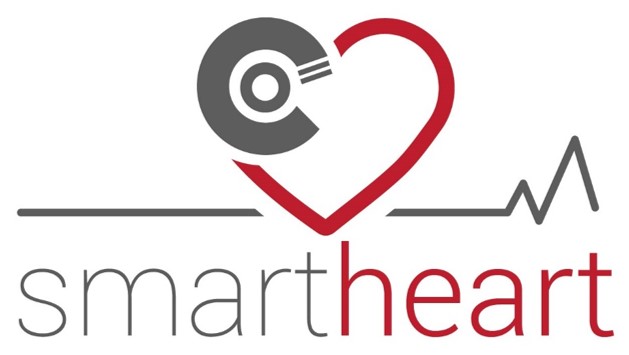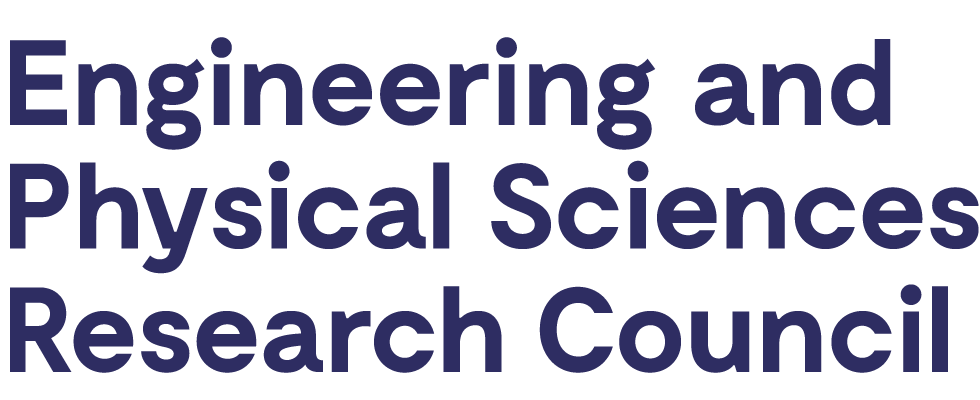Cardiac and Aortic Imaging Phenotype Explorer
Introduction
The primary aim of the website is to support the visualisation of cardiac and aortic imaging phenotypes derived from UK Biobank cardiovascular magnetic resonance (CMR) images and to enable the exploration of their associations to other non-imaging phenotypes, published in (Bai et al. Nature Medicine 2020). These phenotypes characterise the structure and function of the four cardiac chambers and two sections of the aorta, including the left ventricle (LV), right ventricle (RV), left atrium (LA) and right atrium (RA), the ascending aorta (AAo) and descending aorta (DAo).
The CMR imaging data is available from the UK Biobank and acquired following a standardised imaging protocol (Petersen et al. JCMR 2016). The imaging phenotypes are derived using an automated image analysis and quality control pipeline. The analysis pipeline consists of several parts, including performing segmentation on short-axis, long-axis and aortic cine images using convolutional neural networks (Bai et al. JCMR 2018, Bai et al. MICCAI 2018), evaluating volumetric measures and myocardial wall thickness, performing motion tracking using image registration, evaluating strains etc. The myocardial wall thickness and strains are evaluated both globally and regionally for each AHA segment.
The visualisation results are organised into three parts: Phenotypes, Phenome-wide associations and Correlations, explained below. You can go to each part by clicking the corresponding tab at the top of this website.
Phenotypes
The distribution of each imaging phenotype. It also visualises the sex and age-specific distribution.
Phenome-wide associations
A Manhattan plot exploring the univariate correlations between each imaging phenotype and each non-imaging phenotypes of the participants. Age, sex, weight and height are regressed out of the imaging phenotypes before performing the correlation, as they may confound with many non-imaging phenotypes. The non-imaging phenotypes cover a wide range of participant characteristics, including demographics, early life factors, education and employment, diet, alcohol consumption, smoking, physical activity, physical measure, self-reported medical conditions, mental health and cognitive functions.
Correlations
Correlation plots between each imaging phenotype and each non-imaging phenotype. If the non-imaging phenotype is a continuous variable, the kernel density plot and the linear regression line are displayed. If it is a categorical variable, the violin plot is displayed.
Phenotype distribution
Manhattan plot

Tip: Click on the legend to show/hide anatomy.
Refreshing the plot takes some time ...



